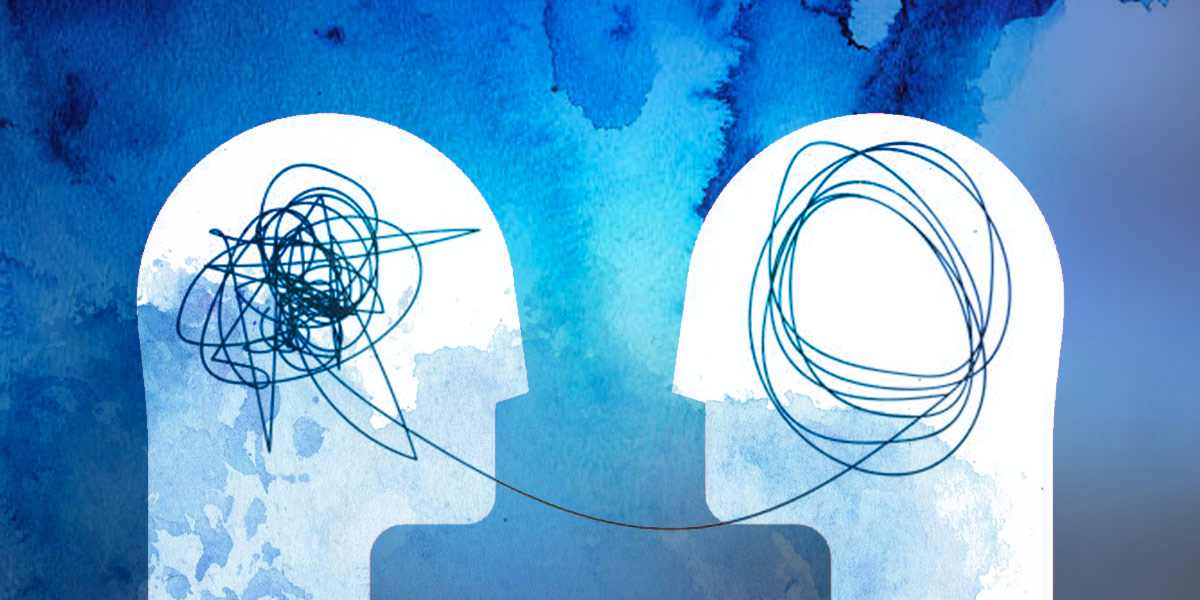This is Part 1 of a series on ethical design.
Empathy is one of the defining principles of UX design. It is the force that enables designers to step into the shoes of users, understand their emotions, motivations, and pain points, and create solutions that truly resonate. When empathy is at the heart of the design process, products become more intuitive, enjoyable, and effective. Users feel understood and valued, which fosters trust and loyalty.
But I would argue that beyond empathy, we need UX Compassion.
Empathy is the ability to feel or understand another person's emotions as if they were your own. It is an inward, often instinctive, emotional response. Essentially, you emotionally mirror what someone else is experiencing, whether it's pain, joy, or sadness. In the case of UX Design it is cognitive and intellectual rather than emotional. It is the understanding of what someone is feeling rather than wearing their emotions like a coat ourselves.
Compassion, while it often begins with empathy, goes a step further: it is the desire and motivation to help alleviate another person’s suffering. Compassion is action-oriented. It involves recognizing someone’s pain and then taking steps to relieve it, whether through support, comfort, or practical assistance. Compassion requires a conscious choice.
Empathy is about experiencing another’s feelings.
Compassion is about being moved by those feelings to take helpful action
Empathy is about gaining insight. It involves deep user research (interviews, observations, empathy maps) to identify what users are going through, what challenges they face, and what they desire. It's about recognizing their emotional state (frustration, joy, confusion, etc.) and understanding why they feel that way.
The ideal outcome is informed design decisions. When you empathize, you can design solutions that are genuinely user-centered because you understand the underlying needs and problems. You design for the user.
Compassionate UX is about actively alleviating suffering and promoting well-being. It's not just about understanding their pain, but being moved to reduce it and create truly beneficial outcomes. It’s about action and impact. It moves beyond just recognizing a problem to actively designing solutions that show care, support, and a commitment to the user's best interests.
–––––
Design for vulnerability not just accessibility.
It is important that we not just fix errors or smooth out flows, but actively anticipate potential issues and prevent them. This includes considering users in difficult or sensitive situations like financial distress, health issues, or anxiety.
Frustration and anxiety are large and often underlying issues that UX designers face in almost every project they come across because they are issues that the public brings to the table from the outside world. They want their digital interactions to soothe and reassure. They want to know their information is safe, for example. They want to know how far into an onboarding process they are or how far they have to go to read this article. They want familiar patterns and consistency. Just like in life, they want a sense of control.
–––––
Promote positive behaviors and ethical design.
Above all else, ensure your product doesn’t exploit, manipulate or harm users. These are called “dark patterns” and they include addictive features like infinite scroll which prevents natural stopping points and keeps users perpetually engaged or unpredictable positive feedback triggers for compulsive dopamine habits (think social media).
And on the topic of social media It also includes personalized algorithmic feed which keep users engaged at their own peril, often prioritizing engagement over well being. It also includes “Roach Motels” which are services that are easy to sign up for but difficult to cancel, like a gym membership. Have you ever tried to delete your Facebook account? My personal pet peeve is ConfirmShaming (“no thanks, I don’t want to save money”).
–––––
Create a sense of support.
Making users feel seen, heard and cared for (especially when they encounter difficulties) is not only good design, it’s good business. It fosters both engagement and loyalty. When users feel understood and cared for, they are more likely to return, recommend your product, and forgive occasional hiccups. This translates directly to reduced churn, increased customer lifetime value, positive word-of-mouth marketing, and ultimately, stronger brand reputation and sustained business growth. It turns your customers into advocates. This may require product owners to sacrifice short term goals like customer acquisition through default sign-up or other "technically effective but harmful" means by which a product succeeds at its business metrics by sacrificing the user's long-term psychological, emotional, or financial well-being.
–––––
In Conclusion...
While UX empathy provides the essential understanding of user needs and emotions, compassionate UX elevates this understanding into a proactive commitment to user well-being. It's about consciously designing not just for usability and delight, but also for genuine care, support, and ethical interaction. By moving beyond mere functionality to actively alleviate frustration, reduce anxiety, and foster positive, responsible behaviors, compassionate UX cultivates deep user trust and loyalty, proving itself not only an ethical imperative but also a powerful driver of sustainable business success.
